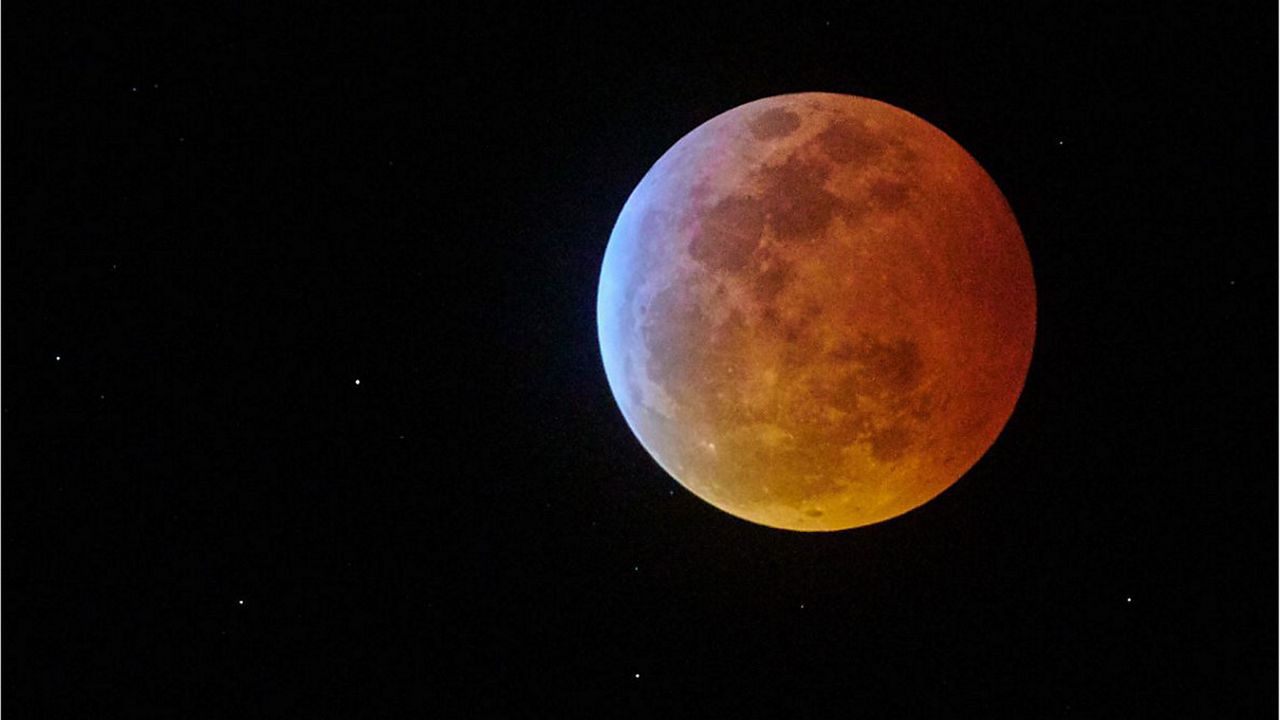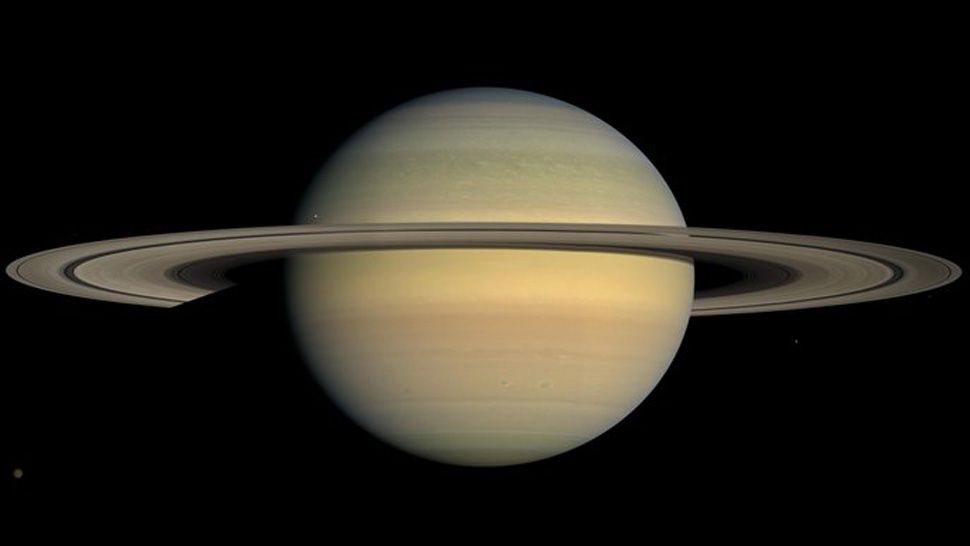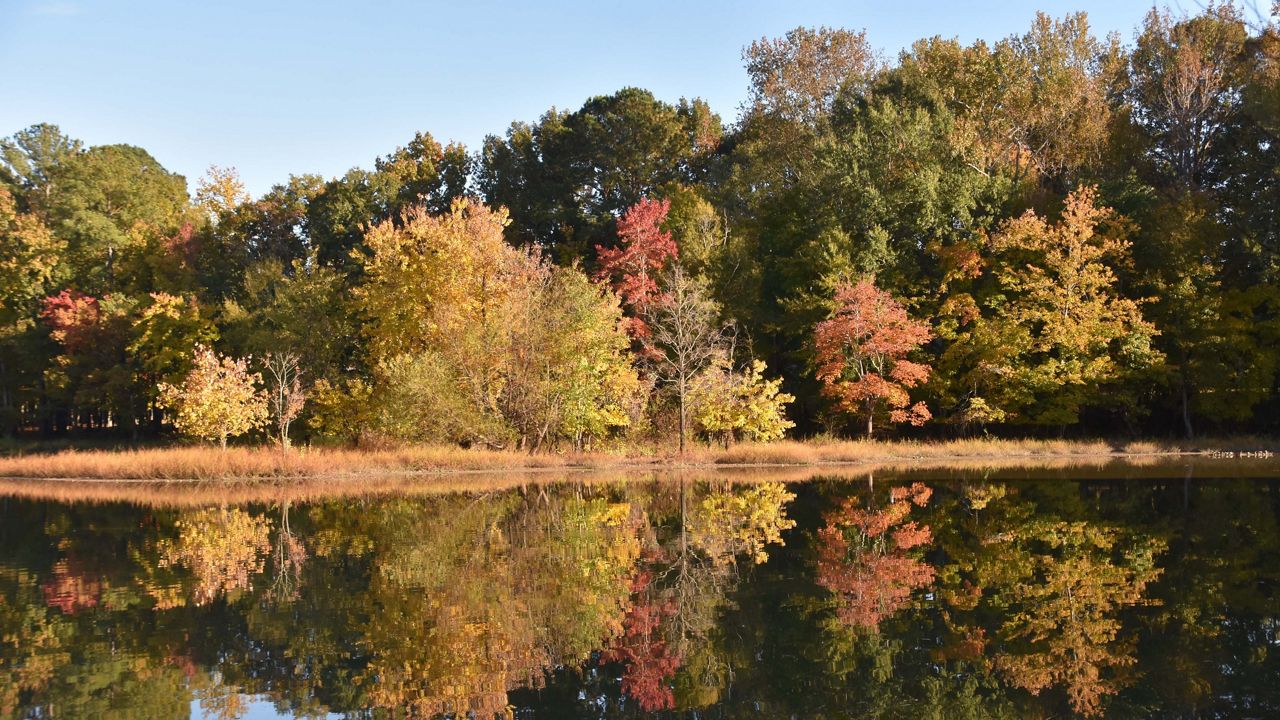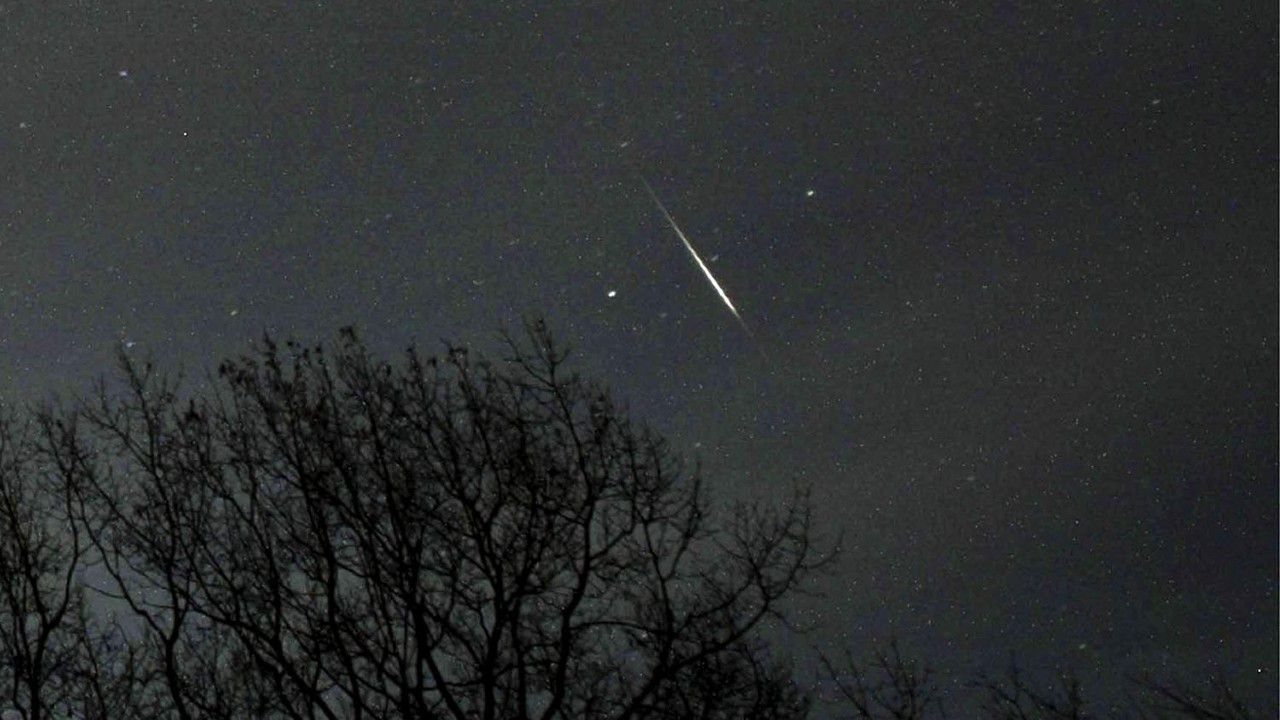It’s a new year and a great one for stargazers.
Check out these cosmic events that will be too out of this world to miss.
If you missed the meteor shower on Jan. 3 and 4 and the view of Mercury on the 7th, don’t worry, we still have some amazing events for the rest of the year.
February
A view of Mercury: Jan. 7 wasn’t the only day to see Mercury, but you’ll have to wake up early for this view. On Feb. 16, Mercury will be at its highest point above the horizon in the morning sky. Look for it low in the eastern sky just before sunrise.
March
The first day of spring: Also called the vernal equinox in the northern hemisphere (the autumnal equinox in the southern hemisphere). This will occur on March 20 this year. The Sun will pass directly over the equator, and we’ll have nearly equal amounts of day and night across the planet.
April
Lyrids meteor shower: An average meteor shower with about 20 meteors per hour. This shower peaks on the night of the 22nd and the morning of the 23rd. With a nearly full moon around this time, it might be a little hard to see all the meteors, but a few good ones should still stick out.
Mercury returns: We’ll get another great view of Mercury on April 29. This time, it will be at its highest point above the horizon in the evening sky, so look for it low in the western sky just after sunset. At least you don’t have to get up super early for this view!
May
Eta Aquarids meteor shower: Peaking from May 6 to 7, this above-average shower should produce about 30 meteors per hour in the Northern Hemisphere. The comet Halley produces these meteors and stargazers have observed them since ancient times!
Total lunar eclipse: Occurring on the 16th, a lunar eclipse happens when the moon passes through Earth’s dark shadow or umbra. The moon will gradually get darker and become a rusty or blood-red color.

June
Full moon and first supermoon: Our first supermoon of the year will happen on the 14th. Also known as the Strawberry Moon, this moon will appear slightly larger and brighter.
This time last year, we saw our last supermoon of the year!
Mercury loves the attention: We’ll get another view of Mercury on June 16, but this time you’ll see it low in the eastern sky just before sunrise.
The first day of summer: This year, the June solstice will occur at 5:13 a.m. ET on June 21, marking the first day of summer for the northern hemisphere. The North Pole will tilt towards the Sun, and the Sun will travel over the Tropic of Cancer.
July
Another full moon and supermoon: Our second supermoon of the year comes out on the 13th. Native American tribes named this moon the Buck Moon because male buck deer begin to grow their new antlers around this time of the year.
Delta Aquarids meteor shower: This average shower will peak on July 28-29 and produce about 20 meteors per hour. Viewing conditions will be perfect because we’ll have a new moon, meaning the skies will be very dark.
August
Third full moon and supermoon: Known as the Sturgeon Moon because sturgeon fish of the Great Lakes and other major lakes were more easily caught this time of the year, you can spot this moon on Aug. 12. Make sure to get a look at this bright display because it’ll be the last supermoon of the year.
Perseids meteor shower: This show will peak from Aug. 12-13 and is one of the best meteor showers. It’ll produce about 60 meteors per hour. With the moon nearly full, the light will block out some of the meteors. However, these meteors are so bright that it should still be a decent show.

A view of Saturn’s rings: Aug. 14 will be the best time to view this beautiful planet. It will be brighter than any other time of the year and visible all night. With the help of a telescope, Saturn’s rings and brightest moons could become visible.
Mercury is back with another show: The good news for the Mercury enthusiasts is that you can see Mercury again on Aug. 27. Look for it just after sunset in the western sky.
September
The beautiful blue giant: Step outside on Sept. 16 to see Neptune. However, you’ll want an extra powerful telescope or else it’ll appear as just a tiny blue dot.
First day of fall: The September equinox will occur at 9:03 p.m. on Sept. 22. We’ll have nearly equal amounts of day and night across the world as the Sun shines over the equator, marking the first day of fall in the northern hemisphere.

Spot the Great Red Spot: Get a good view of Jupiter on the 26th. The planet will be closest to Earth, making it a great time to see its Great Red Spot. You can also view the planet’s cloud bands and four largest moons with the help of a telescope.
October
Draconids meteor shower: This is a minor meteor shower that produces 10 meteors per hour. The moon will block out a lot of the meteors, but you should still be able to catch some of the brightest ones. Look for the meteors in the early evening instead of the usual early morning on Oct. 7.
Mercury returns again: We’ll see Mercury again on Oct. 8. Make sure to get those telescopes and look in the eastern sky before sunrise.
Orionids meteor shower: A little better than the Draconids. This shower produces 20 meteors per hour and will peak from Oct. 21-22. The thin crescent moon will help make it a better show with the dark skies.
November
Taurids meteor shower: Dust grains of an asteroid and the debris of a comet combine to produce this meteor shower. It is a long-running shower that lasts from Sept. 7 to Dec. 10, peaking on Nov. 4-5. It only produces about 5-10 meteors per hour, and the bright moon this year will, unfortunately, block out a lot of the meteors, but you should still be able to see a few.
Total lunar eclipse: On Nov. 8, the moon will pass completely through the Earth’s dark shadow and appear blood-red or rust-colored. This lunar eclipse will be most visible in the western and central U.S.
Uranus: This blue-green planet will be closest to Earth on Nov. 9. With a powerful telescope, you’ll be able to see a tiny blue-green dot. Sadly, it is too far away to see any features.
Leonids meteor shower: An average shower, this show will peak from Nov. 17-18, producing up to 15 meteors per hour. An interesting tidbit about this shower is that it has a cyclonic peak every 33 years where it produces 100s of meteors per hour. The last time this happened was in 2001, so we’ll have to wait until 2034 to see this spectacular event again.
December
The red planet: The only time to see Mars this year will be on Dec. 8, when it’s closest to Earth. A medium-sized telescope should allow you to see some of the dark details on the planet.

Geminids meteor shower: Welcome to the best meteor shower of every year. Peaking from Dec. 13-14, this shower will produce 120 multicolored meteors per hour. Although the Moon will block out the more faint meteors, you should still be able to see many of them, making for a great show. Bundle up and head outside after midnight for the best viewing time.
First day of winter: On Dec. 21, the winter solstice will occur at 4:47 p.m. ET, marking the first day of winter. The South Pole will tilt towards the Sun, and the Sun will be at its southernmost position in the sky.
Mercury says goodbye: Dec. 21 will be the last time to see Mercury in 2022. This time, look for it in the western sky just after sunset.
Ursids meteor shower: The final show of the year will be the Ursids meteor shower on Dec. 21-22. Although it is a minor one, producing 5-10 meteors per hour, the sky will be dark from the new moon, so you should still be able to catch a good show.
Viewing these events
If you’re trying to view a planet, it might be a little tricky differentiating it from a star. Caballero-Nieves, assistant professor in Astronomy at FL Institute of Tech., explains “Planets are typically brighter than stars. Stars also twinkle (This is called scintillation. Stars will change a little in brightness and even color), and planets do not.”
“Finally, if you look at a planet over several nights or months, you will notice that it moves with respect to the stars near it. That’s where the Greeks gave the planets their names, which means wanderer.”
If you want to view all these heavenly events this year, head to a dark area away from city lights.
It also doesn’t hurt to buy a telescope, either. What kind of telescope should you buy?
Caballero-Nieves suggests that “You should first decide what you are interested in observing. Reflecting telescopes use mirrors and are more compact, but reflecting telescopes that use lenses can be more affordable.”
“Smaller telescopes are great for looking at bright things like the Moon, planets and bright stars. Larger telescopes are better for observing faint things like galaxies, nebulas and comets.”
Hopefully, you will see some wonderful views this year!

